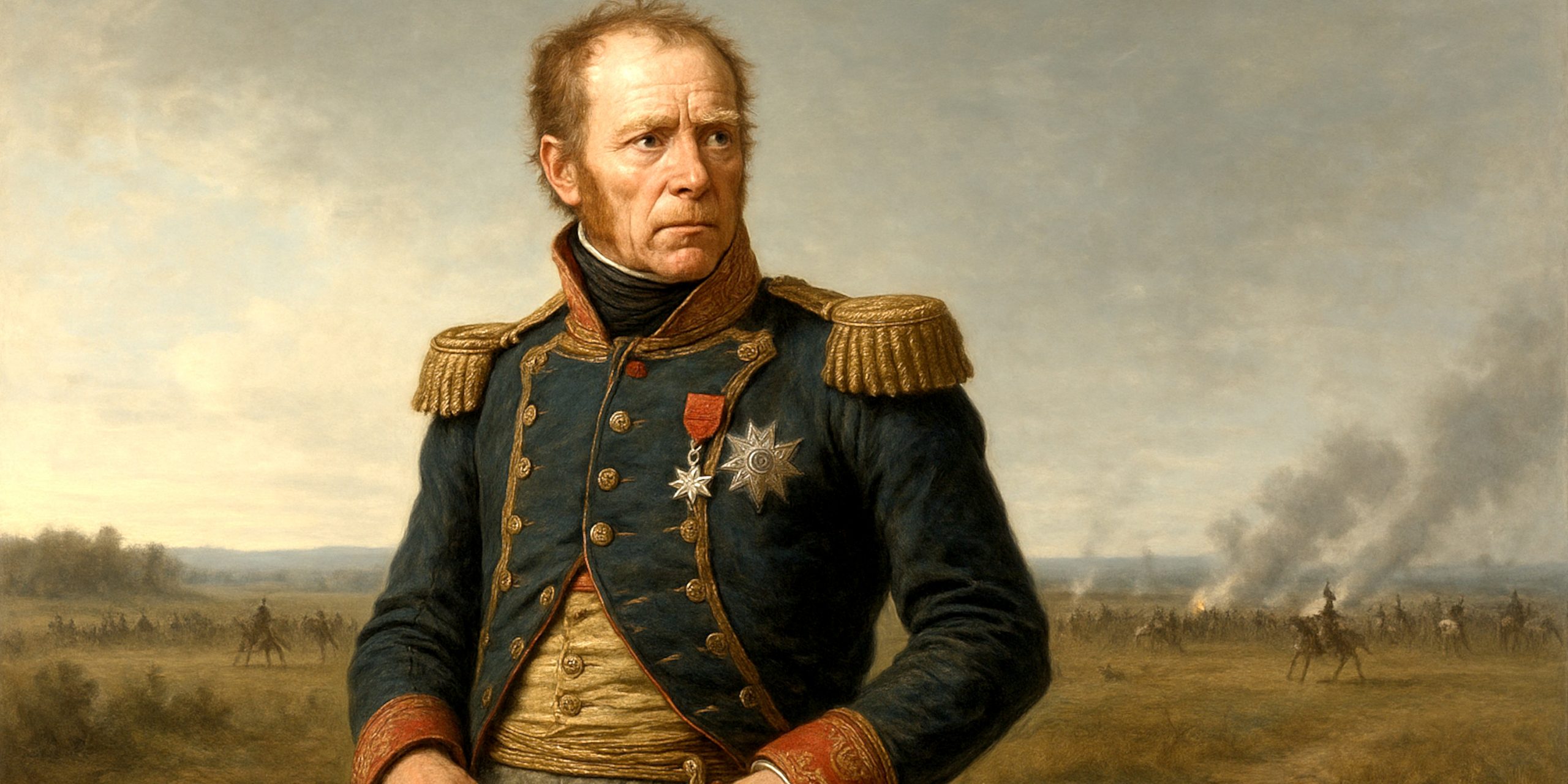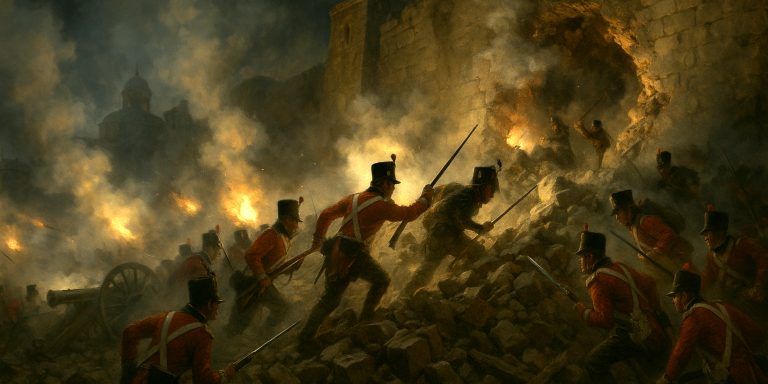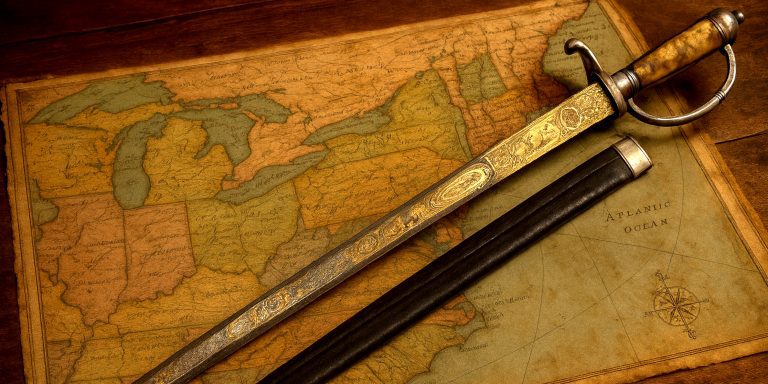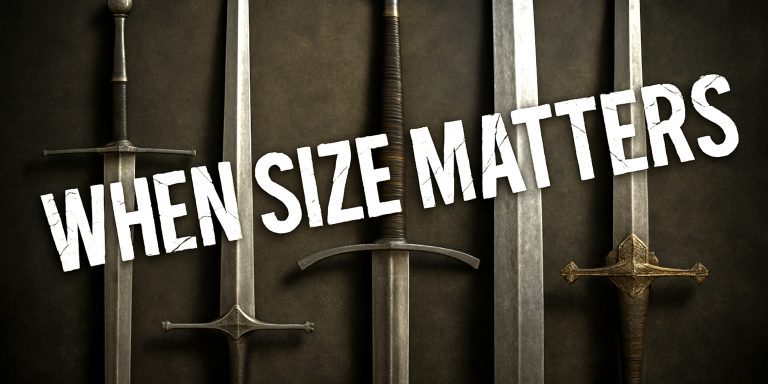
Michel Ney still grips the imagination. His rise from a cooper’s son in Saarlouis to Marshal of the Empire, and then his fall before a Parisian firing squad, forms one of the most dramatic arcs in French military history. I have always found Ney oddly human compared with some of his more polished contemporaries. He was fearless to the point of recklessness, stubborn in ways that helped him win battles, and doomed him in politics. He left behind artefacts, stories, and a trail of contradictions that historians still enjoy wrestling with.
Early Life and Rise
Ney was born in 1769 in Saarlouis, then part of France, to a modest family. He entered military service in the cavalry, where he developed a reputation for toughness and initiative. By the time the Revolutionary Wars were raging, he had already shown the kind of front line presence that soldiers found reassuring and opposing officers found terrifying. His ascent was quick, partly because France needed men like him, and partly because he seemed unable to do anything other than charge into danger.
Arms and Armour
Ney spent most of his career in the cavalry, so his primary equipment reflected that world of speed, shock, and personal combat. A few pieces associated with him survive today, and although he did not keep a flamboyant collection, his arms reveal something about the man.
Typical Equipment Used by Ney
- Cavalry sabre, usually light or heavy model patterns from the Revolutionary and Napoleonic era. The curved sabre with a protective brass or steel guard was his main battlefield tool.
- Officer’s dress sabre with gilt fittings and Imperial motifs.
- Flintlock pistols carried in saddle holsters.
- Blue colonel or general’s uniform with gold embroidery, red collar, and bicorn.
- No body armour. Ney relied on speed, instinct, and aggression rather than steel plating.
These items help explain why he seemed to be everywhere at once. Ney fought close enough for dust, smoke, and musket flashes to shape every decision.
Battles and Military Acumen
Ney appears in so many major engagements that you can use his movements as a rough guide to the life cycle of the French Empire. He was not a grand strategist, but he excelled at executing difficult field operations with speed and force. His sense of timing in attacks, and his talent for steadying troops, made him invaluable.
Hohenlinden, 1800
A determined performance in Bavaria that reinforced his reputation as a rising battlefield star.
Ulm Campaign, 1805
His rapid movements helped trap Austria’s General Mack. Ney’s energy turned manoeuvre into collapse.
Jena, 1806
An impulsive early assault caused problems, yet his aggression fed the breakthrough once support arrived.
Peninsular War, 1808 to 1813
Strong in combat, difficult in politics. He clashed with Massena, but his units often performed well in gruelling conditions.
Borodino, 1812
A violent day that earned him the title Prince of the Moskva. Accounts on both sides note his relentless pressure.
Retreat from Moscow, 1812
His finest hour. Ney held the rear, rallied stragglers, and fought Russian encirclements with grim resolve.
Waterloo, 1815
Courage without restraint. His cavalry charges lacked proper support, a flaw historians still debate. He fought on foot after losing multiple horses, and whatever his errors, no one questions his personal bravery.
Where to See Artefacts Connected to Ney
- Musée de l’Armée, Paris: Sabres attributed to Ney, portraits, uniforms, and material from his campaigns.
- Château de Fontainebleau: Napoleonic items reflecting the world of the Marshals.
- Saarlouis Local History Museum: Material on Ney’s early life and family.
- Private collections and auction houses: Occasional sabres, pistols, and uniform pieces with varying degrees of provenance.
Latest Archaeology and Research
Modern Napoleonic archaeology tends to focus on battlefield reconstruction. Ney appears indirectly through these findings.
- Borodino excavations continue to uncover musket balls, sabre blades, and uniform fittings from the sectors he assaulted.
- Waterloo metal detection grids have provided clearer maps of French cavalry advance paths, offering insight into the charges Ney ordered.
- Studies along the 1812 retreat highlight the extreme conditions his rearguard endured, confirming many accounts previously thought exaggerated.
These discoveries show Ney’s world as one of close combat, relentless movement, and moments where discipline clung to the thinnest thread.
Death and Legacy
Ney was executed in December 1815 after the Bourbon Restoration condemned him as a traitor for siding with Napoleon during the Hundred Days. He refused a blindfold and gave the command to fire himself. His death resonated across France because it seemed to punish not only a marshal, but the memory of an entire era.
He remains one of the most compelling figures of the Napoleonic age. For me, the fascination lies in how much of him was raw instinct. Ney was courageous, flawed, loyal, impulsive, and impossible to categorise cleanly. That complexity keeps him alive in historical debate far more effectively than any monument.
Watch the documentary:



